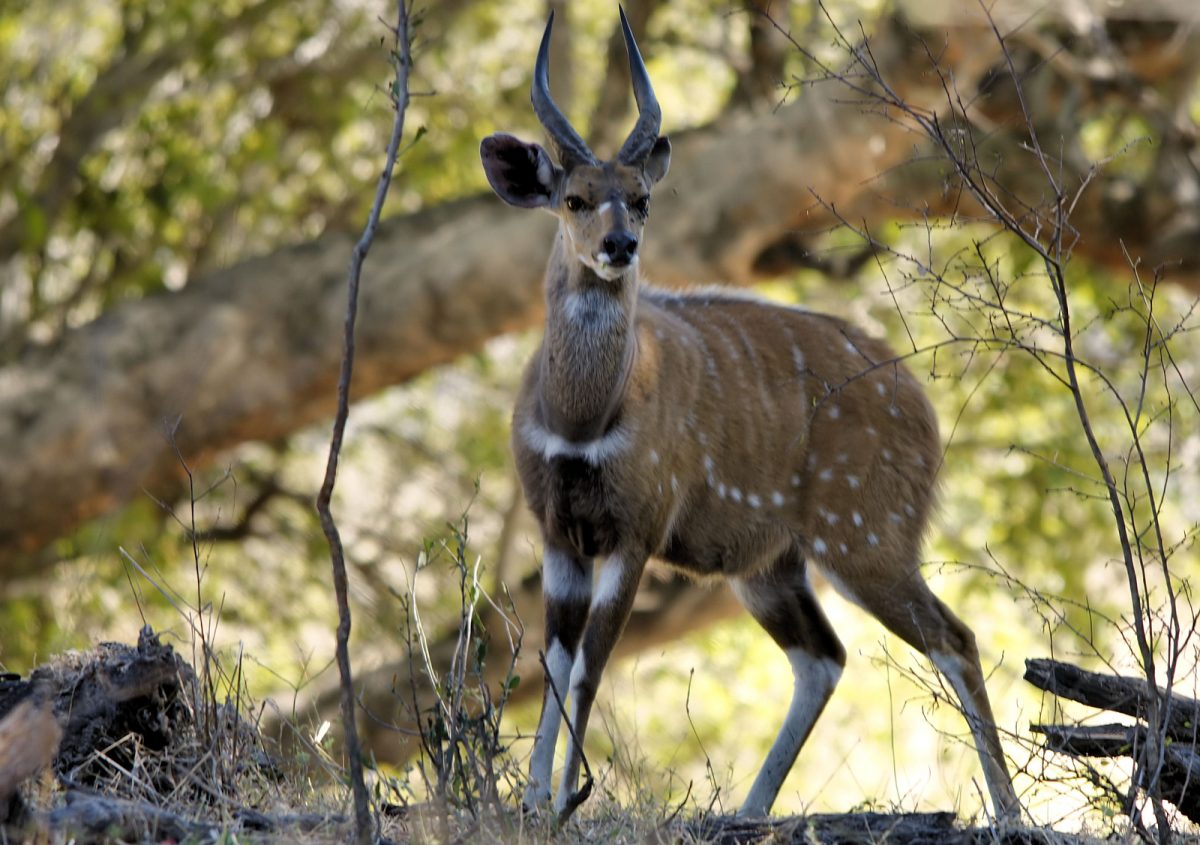
Bushbok
$1600 (USD)
Tragelaphus scriptus sylvaticus
The South African Bushbok is found in Mozambique, some parts of Zimbabwe, and as the name suggests, South Africa. They are identified by their smaller stature, dark reddish-brown coats, which contain white spots on the buttocks, base of the neck, and under their chin.
The males are the only ones with horns and are darker in color.
They are usually solitary, however they are occasionally seen in pairs, small groups of females with their young, or bachelor herds. They commonly feed at night and can sometimes be found invading Orange groves. The males are very brave and will be inclined to attack when wounded.
Source: Swan, Gerhard, et al. Hunting Africa: A Practical Guide. J.L. van Schaik Publishers, 2000.
The South African Bushbok is found in Mozambique, some parts of Zimbabwe, and as the name suggests, South Africa. They are identified by their smaller stature, dark reddish-brown coats, which contain white spots on the buttocks, base of the neck, and under their chin.
The males are the only ones with horns and are darker in color.
They are usually solitary, however they are occasionally seen in pairs, small groups of females with their young, or bachelor herds. They commonly feed at night and can sometimes be found invading Orange groves. The males are very brave and will be inclined to attack when wounded.
Source: Swan, Gerhard, et al. Hunting Africa: A Practical Guide. J.L. van Schaik Publishers, 2000.

